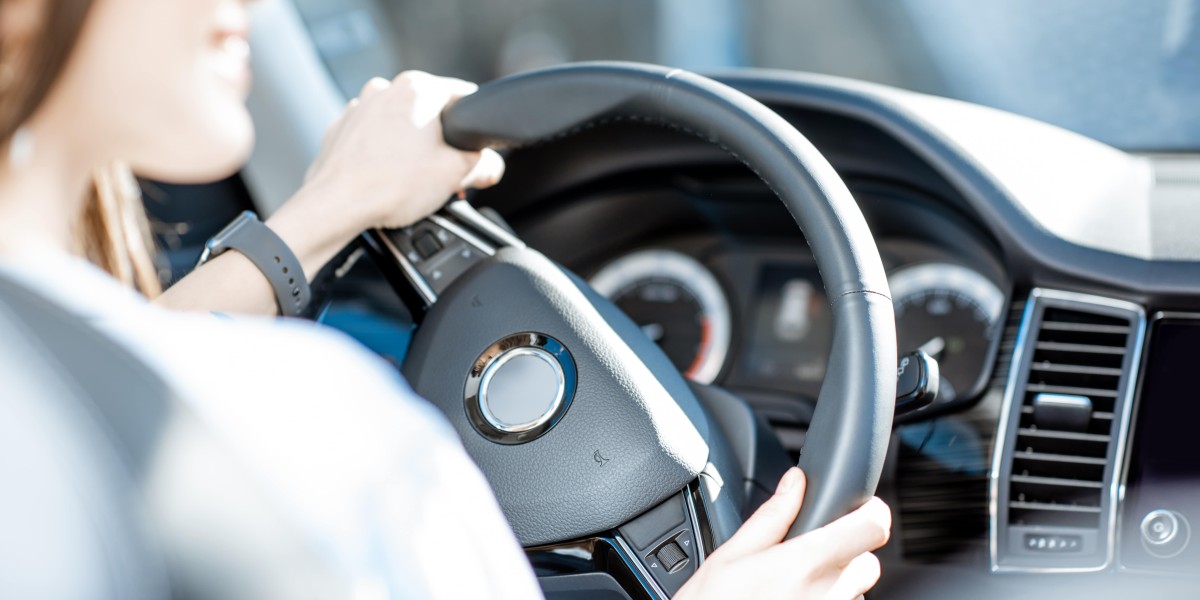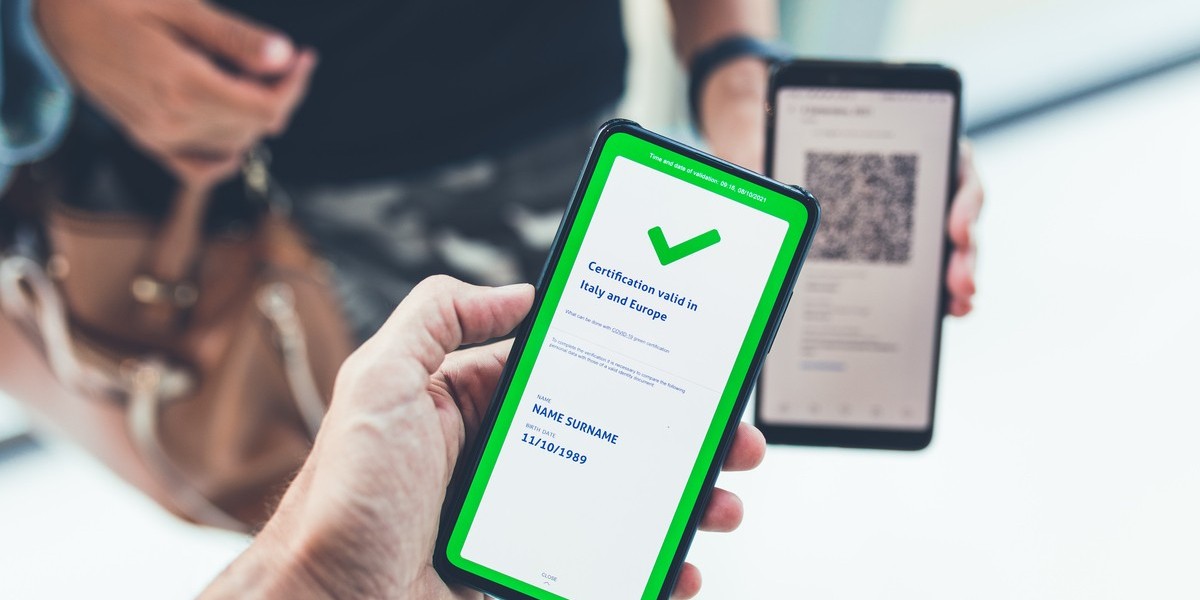
Understanding the Driving Licence in the UK: A Comprehensive Guide
The driving licence is a necessary document required for those wanting to run an automobile in the United Kingdom. The process of obtaining a driving licence can typically appear frustrating, filled with guidelines and differing procedures across different categories of licences. This short article explores the UK driving licence system, its types, the procedure of getting one, and regularly asked questions.
Kinds Of UK Driving Licences
The UK has numerous kinds of driving licences, each tailored for different classifications of automobiles. Comprehending these different licence types is essential for possible drivers. Here's a breakdown of the significant classifications:
Provisional Licence:
- This is the very first action to getting a complete driving licence. It allows individuals to drive an automobile on buy uk driving licence roadways under certain conditions, usually while accompanied by a qualified driver.
- Eligibility: Must be at least 17 years old (or 16 for mopeds).
Complete Driving Licence:
- After passing the driving test, people are granted a full driving licence. This permits them to drive unaccompanied.
- Classifications of complete driving licence include:
- Category B: Cars and light vans.
- Classification A: Motorcycles.
- Classification C: Large cars, like trucks.
Special Licences:
- For professional drivers and particular kinds of automobiles:
- HGV Licence: For driving heavy goods automobiles.
- PCV Licence: For passenger-carrying cars like buses and coaches.
- For professional drivers and particular kinds of automobiles:
Young Driver's Licence:
- Special arrangements may apply to drivers under 25, consisting of higher insurance costs and constraints in some regions.
The Process of Obtaining a Driving Licence
The journey towards acquiring a driving licence in the UK involves a number of key steps. Each stage is designed to guarantee that the candidate is well-prepared to operate a vehicle securely. Here are the phases broken down into an easy-to-follow procedure:
Step 1: Obtain a Provisional Licence
- Eligibility: Application can be made online car driving licence or via postal services if the applicant is at least 17 years of age.
- Documents Needed:
- Proof of identity (passport, etc)
- National Insurance number.
Step 2: Learn to Drive
- Driving Lessons: It is advisable to take lessons from a certified instructor.
- Theory Test Preparation: Candidates must study for the theory test, which examines knowledge of road indications, rules, and safe driving practices.
Action 3: Pass the Theory Test
- Components: The theory test includes multiple-choice concerns and a threat understanding test.
- Passing Requirements: Candidates must score above the required threshold on both areas to advance to the useful driving test.
Step 4: Pass the Practical Driving Test
- Reserving the Test: Once positive with driving, individuals can reserve their useful test.
- Test Components: The dry run evaluates driving skills, manoeuvres, and decision-making abilities.
Step 5: Receive Full Driving Licence
- After successful conclusion of both the theory and practical tests, applicants receive their full driving licence.
Renewing and Updating Your Licence
Driving licences in the UK do have an expiration date. Typically, a complete driving licence needs to be restored every 10 years, and a provisional licence every 10 years or upon reaching a certain age, depending upon the classification of the licence.
Key Points for Renewal:
- Ensure updated individual info is submitted.
- Pay a renewal charge (suitable in many cases).
- Depending on age, a medical checkup may be needed.
Typical FAQ about Driving Licences in the UK
1. How do I inspect if my provisionary driving licence is legitimate?
- You can inspect your licence status on the main government website by entering your details.
2. What occurs if I lose my driving licence?
- If you lose your licence, you should obtain a replacement through the DVLA. This process can be done online.
3. Can I drive with an ended licence?
- No, it is unlawful to drive with an ended licence. You need to renew your licence before driving.
4. What are the charges for driving without a valid licence?
- Driving without a valid licence can result in fines, points on your licence, and potentially more severe legal repercussions.
5. Can I drive in other nations with my UK driving licence?
- In many locations, a UK driving licence is recognized; however, some nations may need an International Driving Permit (IDP) in addition to your UK licence.
6. Can I take the dry run in another language?
- Yes, the driving test can be conducted in various languages through using an interpreter. It is suggested to check accessibility and guidelines ahead of time.
Navigating the intricacies of acquiring a driving licence in the UK is crucial for anybody wishing to run a lorry legally and safely. From understanding the different types of licences to following the structured process to get a licence, being notified considerably contributes to successful driving experiences. By educating oneself through resources readily available, consisting of main federal government web pages, drivers licence uk can guarantee they are well-prepared for the roadways ahead. Understanding the regulations and responsibilities related to driving is not just important for individual security but likewise adds to the total safety of roadway users.








